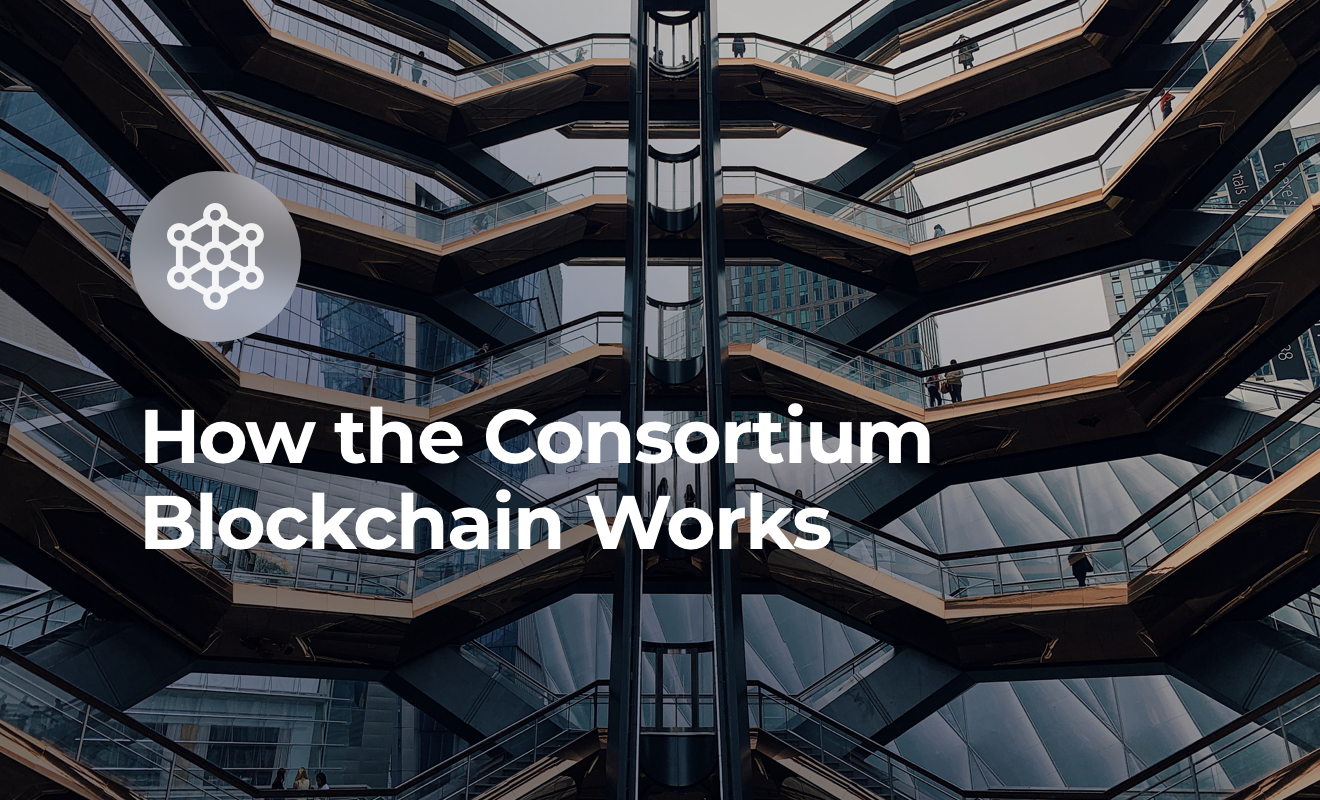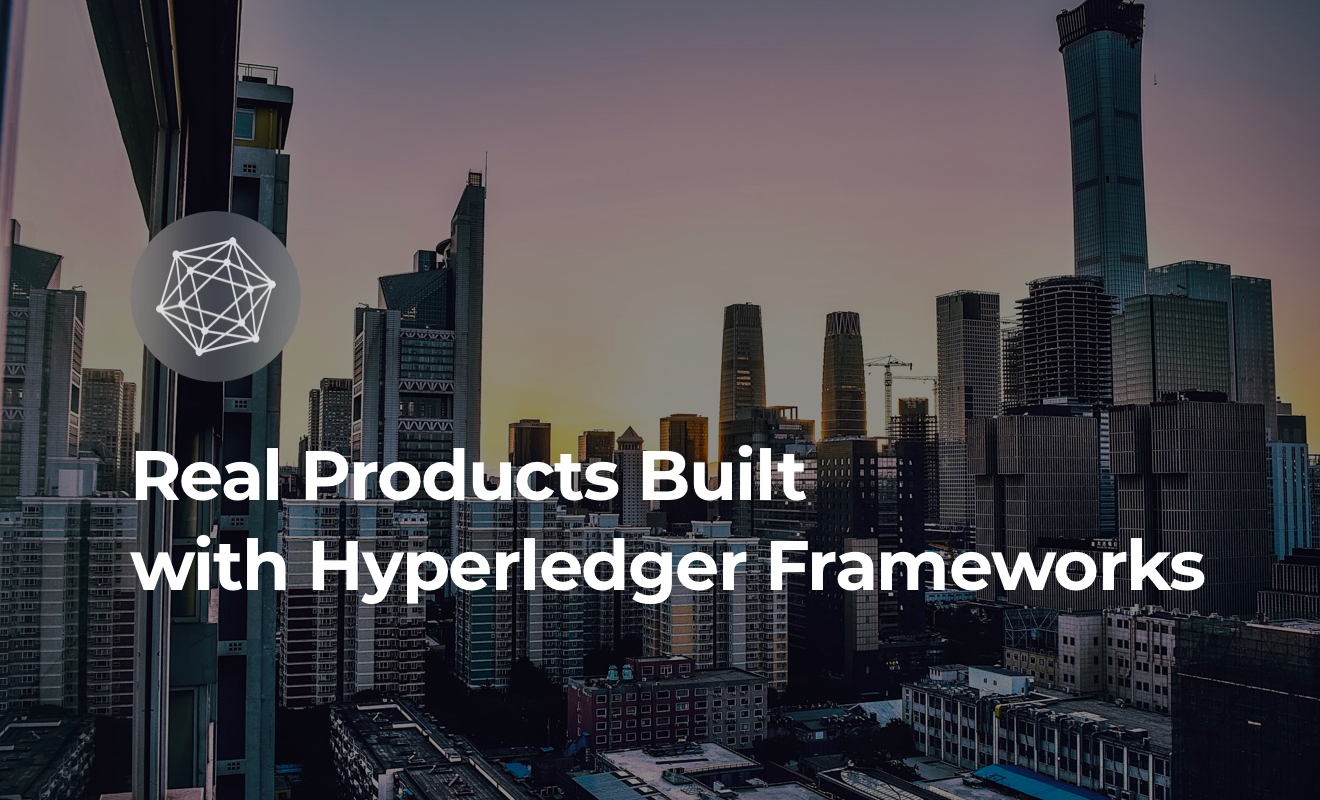
How the Consortium Blockchain Works
September 25, 2019
Corda and Real Businesses Built on Top of This Framework
August 23, 2019
Blockchain developers seem to be a rare breed of programmers, and hundreds of organizations now attempt to headhunt them. Although distributed ledger technologies (DLTs) have been around for quite a long time (at least 30 years in theory and 10 years since the practical application in Bitcoin), “it’s still early to get in,” as Haseeb Qureshi pointed out.
So if you foresee yourself a blockchain developer, Intellectsoft Blockchain Lab has prepared some quick insights into the long, exhausting path of becoming someone the society needs badly today. (We didn’t say it would be easy). Read our blog about types of blockchain in case you are looking for blockchain developers to create your own distributed system. But if you are here for the start of a new exciting career, then read on.
Where to start, a newcomer may ask?
Read the book by Andreas M. Antonopoulos “The Internet of Money”. While there is enough literature explaining how bitcoin and blockchain operate, the prominent blockchain evangelist explains why they exist in the first place. Similarly, we encourage you to get familiar with the vision of Satoshi Nakamoto.
Watch this video too:
While something revolutionary and complex as blockchain technology seems hard to grasp, one should not be afraid of understanding the core principles. DLTs are based on four principles that no blockchain developer should forget: cryptography, distributed systems, peer-to-peer networking, and game theory.
They can be translated into the following: the concept of blockchain; decentralization; consensus mechanism; and mining.
However, blockchain is only one type of the whole spectrum of DLTs; there are also more centralized blockchains, different consensus protocols, and novel incentive mechanisms. This MOOC from the University of Nicosia will help newcomers to better understand digital currencies.
Additionally, an online course from Princeton University explains the building blocks of bitcoin and the underlying DLT — the blockchain. The team behind this course will illustrate how the unspent transaction outputs (UTXO) work, how the hashing secures each block of transactions, and what serves as a basis for the alternative currencies (altcoins).
Notably, it is crucial to distinguish between different kinds of cryptoassets. In their book “Cryptoassets: The Innovative Investor’s Guide to Bitcoin and Beyond”, Chris Burniske and Jack Tatar explain the key difference between three states of these specific assets: cryptocurrencies, utility tokens, and securities.
As one gets the basics, she would find the three essential characteristics of blockchain: security, performance, and isolation.
#1 Security: blockchains must be fortresses. Since the code is public, anyone can look at it and examine for any bugs and vulnerabilities.
#2 Performance: the blockchain must serve its mission, without lagging behind or failing to operate; it must always perform at its highest possible capabilities, and therefore, remain adaptable.
#3 Isolation: all transaction operations must be deterministic. A transaction cannot behave one way today and then differently another day. Likewise, there should be no smart contracts that work in two varying ways on several devices.
While Ethereum has its own programming language called Solidity, it offers multiple programming choices like Go, Python, Java and more. In fact, it is Solidity that enables writing smart contracts on Ethereum Virtual Machine (EVM) to build new tradable tokens. These tokens use a standard coin API known as ERC20 making contracts automatically compatible with any wallet, exchange, or another contract.
Bitcoin’s protocol implementation is written in C++. Stratis allows developers to code in C#. NEM utilizes Java and NEO supports 5 popular programming languages with a plan to add 5 more. Here is a comprehensive list of blockchain development courses to assist you with various topics.
Blockchain developers need to be highly flexible. Those who’ve been in IT for years are aware of the rapid changes in software and programming languages. In the DLT space, the changes are light-speed fast. It took only a few years to supplement blockchain technology with the logic of smart contracts, and then the industry exploded with proposals of interoperable chains, offchains, sharding mechanisms, and numerous hybrids of these.
However, all this will be hard to reach without understanding how to create a custom smart contract.
There are three features that characterize the functionality of smart contracts:
Feature #1: Deterministic
One can call a program deterministic if it returns the same output to a given input every time. For instance, if 2+2 = 4 then 2+2 will always be 4. Therefore, when a program returns the same output to the identical set of inputs, the program is considered deterministic.
Feature #2: Terminable
Thinking mathematically, we may encounter a “halting problem” error: the inability to know whether a certain program can execute its function within a given time limit. Using Cantor’s Diagonal Problem, Alan Turing concluded that there is no chance to know if a given program can finish in a time limit or not.
This is a serious problem with smart contracts since they have to be capable of termination within a given time limit. Thus, there are some measures to ensure that there is a way to terminate the contract. One solution is a Step and Fee Meter which keeps track of the number of instructions executed and self-terminates when a limit is reached. Another example is a Timer: a contract aborts when it reaches the time limit.
Feature #3: Isolated
In a blockchain, anyone can upload a smart contract. However, these contracts could possibly contain a virus or a bug. To keep the whole blockchain safe, it is crucial to store a contract isolated from the entire ecosystem. There are special systems that help to run our contracts:
Be informed that it is only a general overview and many more interesting nuances are hiding beneath. For more details and a colossal list of resources, you can refer to Haseeb Qureshi’s article. Besides, you may consult with us if any of the questions are of interest to you.
This is a special section. Either you feel almighty to present your blockchain development service or you are in great need of a blockchain development company. In any case, thanks for getting here.
A blockchain developer needs to perform custom blockchain development and this requires a broad application of the skill, non-standard approach to solving problems, and an ability to see both the big picture and important details of the entire project. After all, it is not too hard to become an expert in the industry, but it is time-consuming.
You may want to hire one. Hence, we just wanted to ensure you hire a blockchain developer company that exceeds your expectations.


